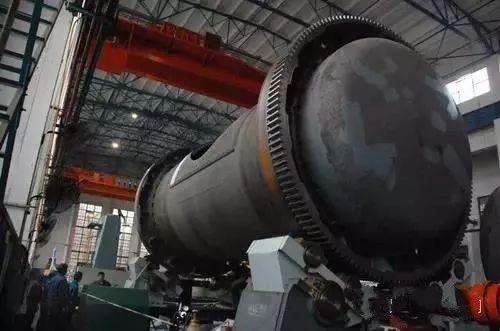NEWS&EVENTS
In order to control the sulfur dioxide concentration range in flue gas and solve the harsh production and labor environment caused by flue gas escape, copper converting furnace technology is continuously researched and opened up. In 1995, flash blowing technology was put into industrial production. In the 1980s, the continuous blowing converter (also known as Noranda converter) was developed. In 1999, other blowing technologies such as oxygen top blowing were developed.

Copper blowing is an important process in copper pyrometallurgy, usually carried out in a converter. By blowing in air or industrial pure oxygen, the impurities are oxidized into gases to escape, or into oxides and slagging with the added flux. The heat required in the process is maintained by the chemical reaction heat of impurity oxidation and slagging, without the need for external fuel.
The task of blowing is to blow copper matte into blister copper containing 98.5% to 99.5% copper. During the blowing process, the iron in the copper matte is oxidized and enters the slag, sulfur enters the flue gas in the form of sulfur dioxide, and elements such as precious metals and selenium tellurium enter the blister copper. Here we mainly introduce the PS converter and bottom blowing converting furnace. The converter is a horizontal cylindrical cylinder. The steel plate cylinder is lined with refractory materials. There is a furnace mouth for incoming and outgoing materials at the top. There are a series of air vents on one side along the length direction. The slag generated during the reaction process is periodically stopped and the furnace body is tilted. From the furnace mouth to the outlet; the final product (blister copper or high nickel matte) is also tilted from the furnace mouth to the outlet after the air is stopped. The bottom-blown converting furnace is also called a horizontal converter. Oxygen-rich air is blown directly into the blister copper layer. There is no peroxidation of blister copper and obvious erosion of refractory materials. Foamy slag is not easily produced during the smelting process and is safe to operate. The blowing heat intensity is high, which can process waste materials and reduce production costs. The furnace has good airtightness, no SO2 low-altitude pollution, and good environmental protection conditions.
The above are two common types of copper converting furnaces. Different types of copper melting furnaces are suitable for different smelting processes and needs, and have different advantages and disadvantages.